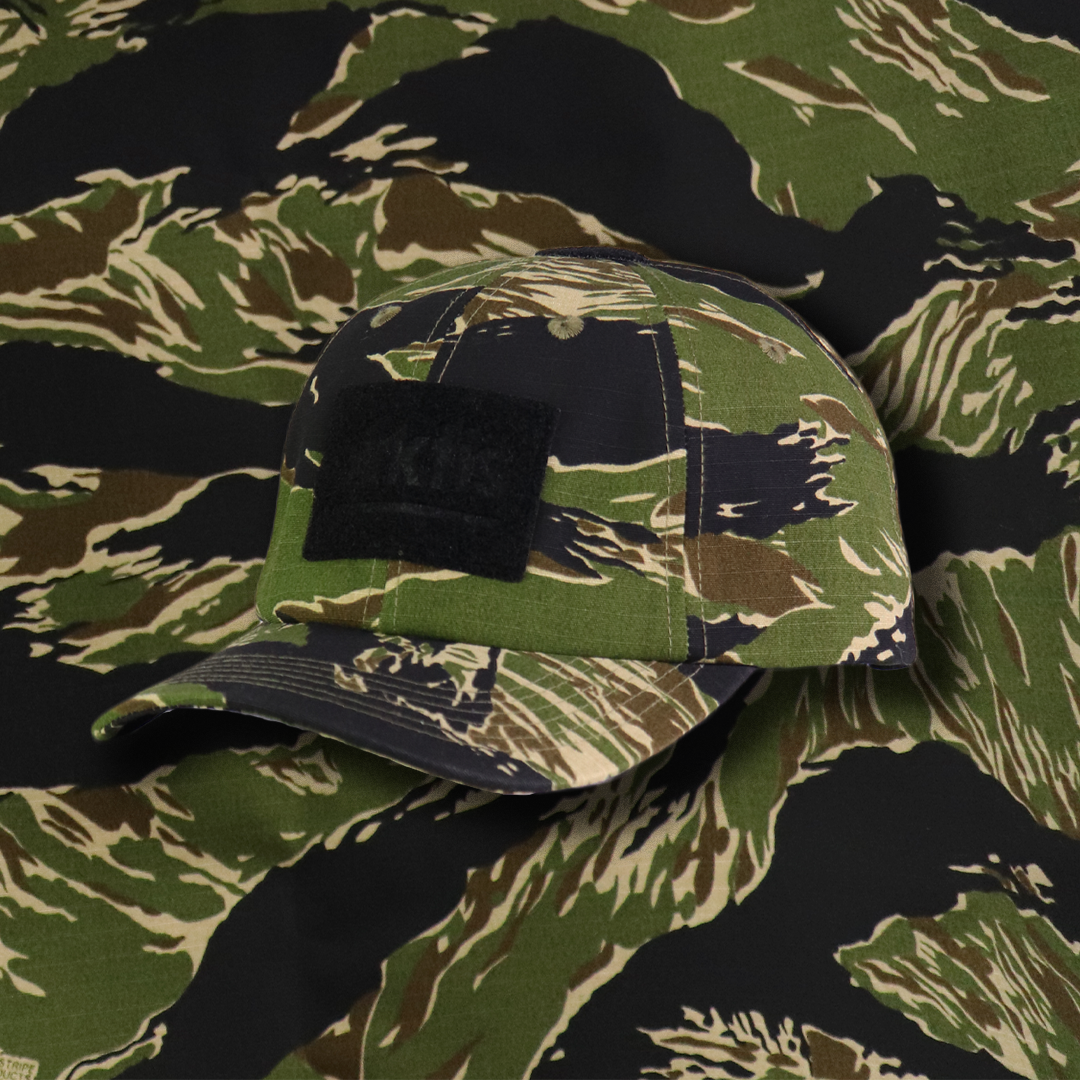< Tiger Stripe Incoming >

Characterised by its distinct pattern of narrow, brush-like stripes of green, brown and black, Tiger Stripe camouflage is commonly used worldwide. Now prowling its way to Arktis, expect to see the rest of the Tiger Stripe range dropping December 2024
// A HISTORY ON TIGER STRIPE //
Unlike its namesake, this tiger can change its stripes.
With a current family of nearly two dozen variants, the Tiger Stripe camouflage has seen a rich history of change and evolution. Its origins are believed to have derived from the French tenue du leopard or Lizard camouflage (see below) that was adopted by the French Military after the Second World War.This camouflage was supplied to Colonial Vietnamese personnel during the First Indochina War. After the French left Vietnam, the French Lizard camouflage was combined with some British uniform components to produce a pattern for the Vietnamese Marine Corps. This was an early version of the Tiger Stripe pattern.
The pattern saw more development, and during the Vietnam War it was adopted by the U.S. Army, Navy, Air Force and Marines. Although never an official U.S. issue item, Tiger Stripe rose to popularity due to its success at blending into the jungle terrain and distorting a soldier's body shape better than the standard issue olive drab uniforms or its French Lizard predecessor.
Although its usage has decreased over the years, other countries outside of Vietnam have been prolific producers of Tiger Stripe, such as Thailand, Ecuador, El Salvador and the Philippines.










